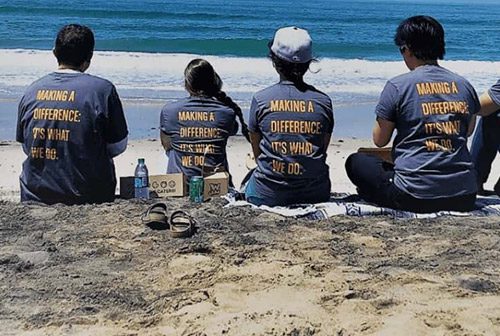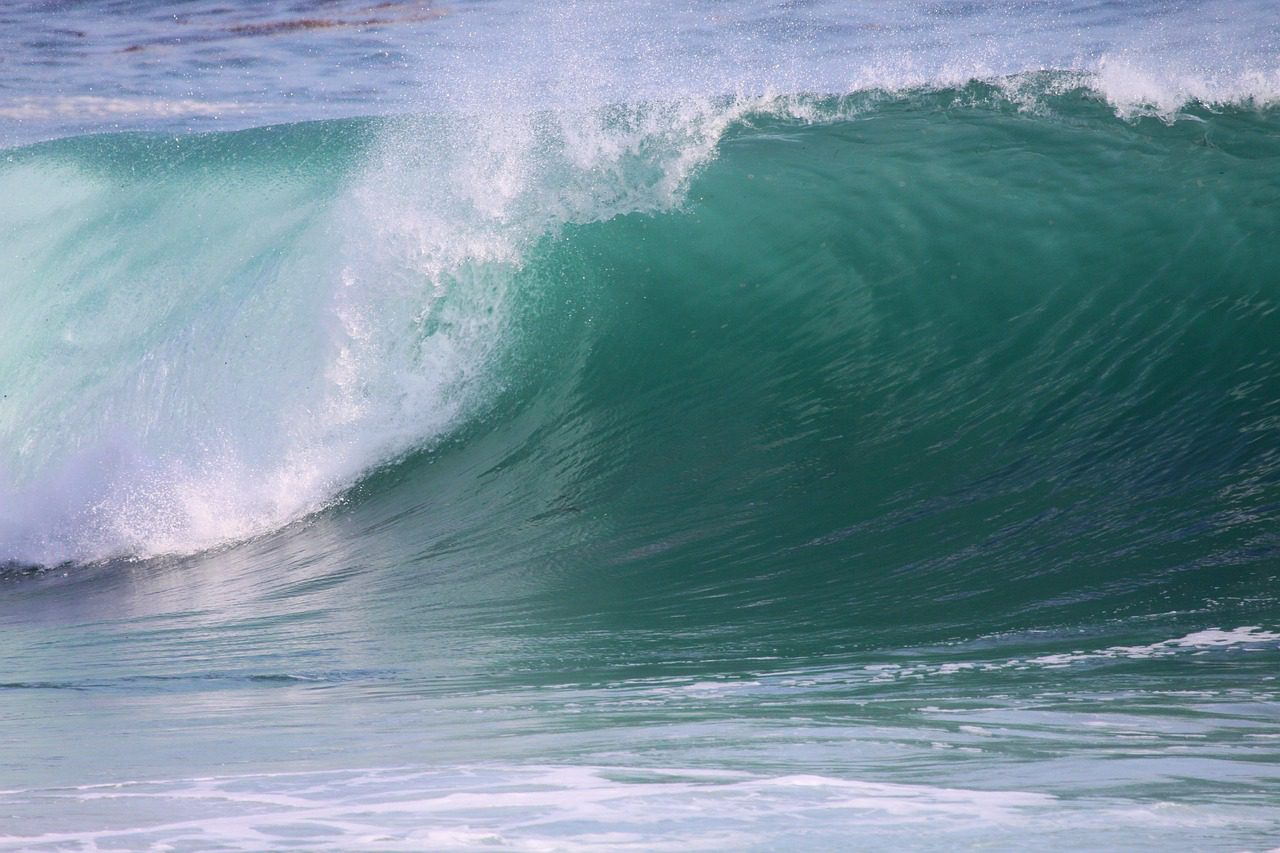My first San Diego Coastkeeper water quality testing adventure came in March 2013. Although I had collected and tested water samples for a summer internship a few years back, not one of my days as an intern was as eventful as this volunteer work turned out to be.


Pollution is what we’re tasked with catching a glimpse of – before it heads into the ocean. Two sibling “newbies” like myself, their friend with many years of volunteer experience with Coastkeeper, plus a fifth seasoned veteran rounded out the crew. Today we were headed to test the San Dieguito River for pollution.
Our first stop was a breeze. A hop over a guardrail and under an overpass bridge to our testing location, we encountered a slow section of the river to set up our outdoor lab. I’d never used any of the high-tech testing equipment we were provided— gadgets that measured air and water temperature, water pH, dissolved oxygen and conductivity.

After our first set up, we moved on to our next testing location, further into the depths of Rancho Santa Fe and approached a gated community. The gate code wasn’t working, and our Toyota Camry, which was “cozy” for five, started smoking out of the engine compartment. It needed a break, so we left the car at the cul-de-sac to continue on foot to the testing site, jumping the gate to get there.
As we approached the spot, our team leader mentioned the dead coyote carcass he saw the last time he was out. It was still there.


I thought of Wile E. Coyote from Looney Tunes, who often would develop these absurdly complex contraptions to try and catch the roadrunner. As far as I know, he never got the roadrunner. Coastkeeper volunteers are out at least once a month, testing all of San Diego’s freshwater creeks and rivers with these very complex contraptions, all to catch pollution.
We left Wile E. Coyote and the gated community to get to our final water testing destination – the Camry running smoothly after adding a little clean fresh water to the radiator. After the last testing spot, we took our samples into the Coastkeeper lab for more analysis with other highly complex contraptions.
Our crew plus other teams totaling 30+ volunteers and many water testing kits were out on that Saturday in March, attempting to catch pollution before it got out of control. Will we ever catch all the pollution with our volunteers and complex contraptions? It’s happened before, and overall, we’re making a huge impact in water quality in San Diego’s rivers, streams and beaches.
Stopping all pollution starts at the source – usually humans and our own complex contraptions. Beyond that, we can go back to simple infrastructure using natural ways to catch and stop the pollution we create before it enters our creeks and streams. It doesn’t have to be rocket science that saves our waterways. Especially those ACME rockets that always failed unlucky Wile E.





















